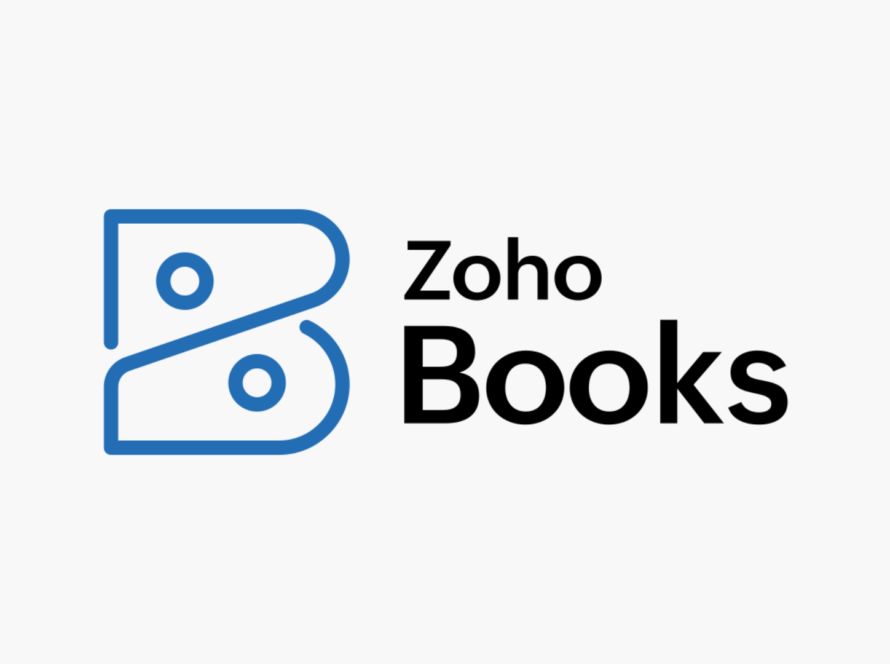The end of manual invoicing
Between entering amounts, following up on payments, reminding customers and making calculation errors, manual invoice management can quickly become a nightmare for entrepreneurs. However, thanks to modern digital tools, it is now possible toautomate invoicing and transform this administrative chore into a fluid, fast and accurate process.
Automated invoicing doesn’t just save time: it also improves data reliability, boosts cash flow and delivers a better customer experience.
In this article, we’ll look at how to take advantage of tools such as QuickBooks and Zoho Books to automate your invoicing, manage payments more efficiently and synchronize your banking data with ease.
1. Why automate business invoicing?
a) Considerable time savings
Companies that switch to automated invoicing save up to 80% of the time spent on administrative tasks related to invoice management.
Automation enables :
Create recurring invoices for regular customers.
Avoid repetitive manual input.
Automate payment reminders and follow-up.
Reduce human error.
b) Better control of cash flow
Payments are tracked in real time, and unpaid invoices are identified more quickly. This improves cash flow and prevents late payments.
c) Greater data reliability
Modern invoicing software provides automatic bank synchronization: every payment received or expense incurred is reflected in your accounting reports.
d) Enhanced customer experience
Receiving a clear, professional invoice payable online builds customer confidence and speeds up payment.
2. QuickBooks: simple, powerful automation
Why QuickBooks appeals to SMEs
QuickBooks is recognized as one of the most effective tools for automating business invoicing.
It is aimed at entrepreneurs, SMEs and accountants looking for a simple yet comprehensive interface.
Main billing functions
Automatic recurring invoices.
Integrated online payments (credit card, bank transfer, etc.).
Automatic reminders for late customers.
Bi-directional bank synchronization.
Real-time payment tracking dashboard.
A concrete example
A design firm invoices its customers monthly. Thanks to QuickBooks :
It creates a recurring invoice that is automatically generated each month.
The customer receives a secure online payment link.
If the invoice is not paid, an automatic reminder is sent after 7 days.
Result: less manual follow-up, fewer oversights and smoother cash flow.
3. Zoho Books: automation integrated into your ecosystem
Zoho Books is an increasingly popular solution in Quebec, notably for its compatibility with other Zoho tools (CRM, project management, HR).
Zoho Books highlights
Complete automation of the invoicing cycle: creation, dispatch, payment, reminder.
Customizable invoices with your logo and conditions.
Customer portal enabling customers to view and pay their invoices online.
CRM integration: as soon as a sale is concluded, the invoice is automatically created.
Alerts and workflows customized to your needs.
Example of use
A marketing agency uses Zoho CRM to manage its prospects.
When a project reaches “signed” status, Zoho Books :
Automatically generates the associated invoice.
Sends the document to the customer by e-mail.
Follows up payment and updates CRM.
This seamless integration eliminates double entry and creates a consistent experience between sales, billing and accounting.
4. Comparison chart: QuickBooks vs Zoho Books for billing automation
| Features | QuickBooks | Zoho Books |
|---|---|---|
| Interface | Simple, intuitive, accessible to all | Integrated into the Zoho ecosystem |
| Recurring billing | Yes, highly automated | Yes, flexible and customizable |
| Online payment | Yes (card, transfer, etc.) | Yes (Zoho Pay customer portal) |
| Automatic reminders | Yes, customizable | Yes, via workflow |
| Banking synchronization | Excellent (many institutions) | Very good (via API or integrations) |
| Pricing | Slightly higher | More affordable for smaller structures |
5. The concrete benefits of billing automation
Fewer errors
Data entry errors are one of the main causes of lost time and credibility. Automation drastically reduces this risk.
Greater efficiency
Invoice processing becomes almost instantaneous, freeing up time for higher value-added activities.
Better financial visibility
Thanks to automatically generated reports, you always know :
how much you charged,
what is paid,
what remains to be cashed.
Improved collaboration
Accountants and managers can access the same data in real time, facilitating communication and tax compliance.
6. How do I set up automated invoicing?
Step 1: Choose the right software
Start by identifying your needs:
Number of invoices per month?
Recurring customers?
Online payments required?
The two flagship options, QuickBooks and Zoho Books, meet the majority of use cases in Quebec.
Step 2: Configure your invoice templates
Create professional templates with your logo, payment terms and legal information.
Step 3: Activate online payments
Allow your customers to pay directly from the invoice by card or bank transfer.
Result: faster payments and fewer reminders.
Step 4: Automate reminders and notifications
Schedule automatic reminders according to specific deadlines (e.g. 7, 14 and 21 days after the due date).
Step 5: Connect your bank account
Bank synchronization lets you automatically track payments received and reconcile transactions effortlessly.
Step 6: Monitor and adjust
Analyze monthly reports to identify frequent delays, adjust deadlines or segment your customers according to their payment behavior.
7. Expert advice for further action
Automate, but stay in control. Check your reports regularly to avoid duplicates or automation errors.
Adopt a clear payment policy. The more precise your terms and conditions, the more efficient automated invoicing is.
Build your team. Even if processes are automated, it’s essential that everyone understands the system.
Work with a CPA. An accountant like Athmane CPA Conseils can help you configure your software according to your actual needs and tax obligations.
8. FAQ: your questions about automated billing
1. Is billing automation right for small businesses?
Yes, especially for companies with a recurring volume of customers. QuickBooks and Zoho Books offer packages tailored to smaller structures.
2. Can recurring invoices be sent automatically?
Yes, both programs allow you to create automatic invoices according to a defined frequency (monthly, quarterly, etc.).
3. Is it safe to manage invoicing online?
Absolutely. QuickBooks and Zoho Books use secure, bank-compliant encryption systems.
4. Does automation completely eliminate human intervention?
No. You save time on data entry and follow-up, but you retain control over validation and adjustments.
5. Can I link QuickBooks or Zoho Books to my bank account?
Yes, both tools offer automatic bank synchronization to facilitate payment reconciliation and tracking of financial flows.
Conclusion: automation drives efficiency and professionalism
Automating your invoicing is much more than just saving time – it’s professionalizing your company’s financial management.
Tools like QuickBooks and Zoho Books enable you to create a truly intelligent workflow, where each invoice becomes a fluid link in the accounting chain.
The result: fewer errors, better cash flow and a more credible image with your customers.
At Athmane CPA Conseilswe support Quebec entrepreneurs in integrating and configuring their accounting software to automate invoicing, tracking and payments, while remaining compliant with tax obligations.




